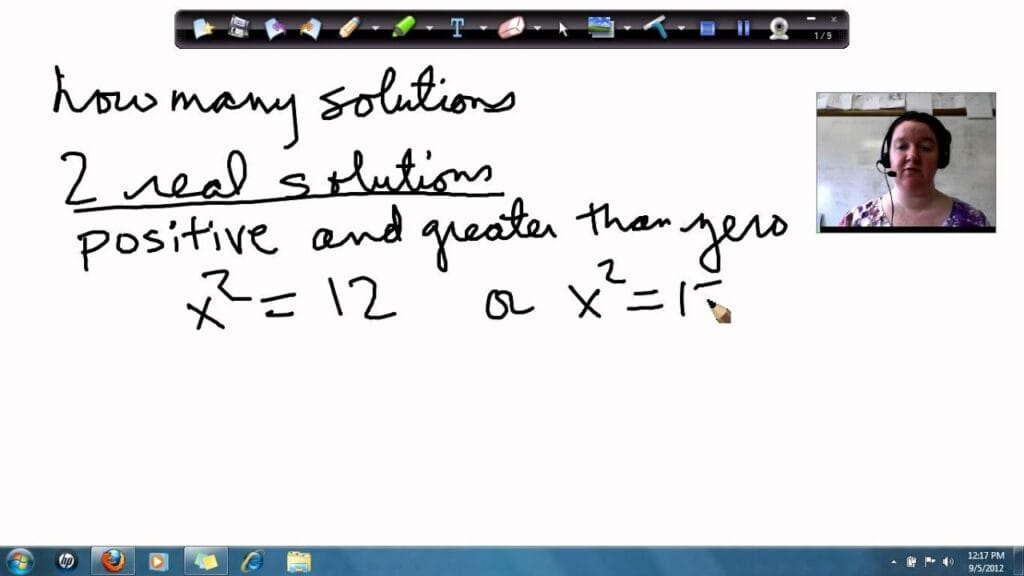Algebra 2 Big Ideas: Understanding Concepts and Connections
Algebra 2 is a pivotal course in the high school mathematics curriculum, serving as a bridge between Algebra 1 and higher-level mathematics. The goal is to delve deeper into algebraic concepts, expand problem-solving strategies, and analyze functions, all while connecting mathematical theories to practical applications. Here’s an overview of the key concepts that often feature prominently in Algebra 2 courses, organized around several big ideas.
1. Functions and Their Representations
At its core, Algebra 2 revolves around the concept of functions. Students explore various types of functions, including linear, quadratic, polynomial, rational, exponential, and logarithmic functions.
Key Concepts:
- Function Notation: Understanding how to work with and interpret function notation is crucial.
- Transformations: Students learn how to manipulate graphs through translations, reflections, and stretches.
- Inverse Functions: Recognizing inverse relationships and how to find them through graphical and algebraic methods is another essential skill.
2. Polynomial and Rational Functions
Students investigate polynomial functions of varying degrees and their properties, including the behavior of their graphs.
Key Concepts:
- Factoring: Breaking down polynomials into simpler factors helps solve equations and understand the function’s behavior.
- Rational Functions: These functions involve ratios of polynomials, necessitating an understanding of asymptotes and discontinuities.
3. Complex Numbers
Algebra 2 introduces complex numbers, expanding the number system and facilitating solutions to equations that do not have real solutions.
Key Concepts:
- Imaginary Numbers: Understanding the square root of negative one (denoted as (i)).
- Operations with Complex Numbers: Adding, subtracting, multiplying, and dividing complex numbers.
- Polar and Rectangular Forms: Converting complex numbers between these forms promotes a deeper understanding.
4. Sequences and Series
The exploration of sequences and series lays the groundwork for concepts encountered in calculus.
Key Concepts:
- Arithmetic and Geometric Sequences: Finding terms, sums, and general formulas.
- Binomial Theorem: This theorem introduces students to combinatorial concepts and provides a method for expanding expressions raised to a power.
5. Conics and Their Applications
Understanding conic sections (circles, ellipses, parabolas, and hyperbolas) unveils their applications in various fields, from physics to engineering.
Key Concepts:
- Equations and Graphs of Conics: Identifying and deriving the equations from standard forms.
- Applications: Applying knowledge of conics to solve real-world problems such as projectile motion.
6. Exponential and Logarithmic Functions
These functions are crucial in modeling growth and decay scenarios, which are prevalent in fields such as finance and biology.
Key Concepts:
- Properties of Exponents and Logarithms: Learning how to manipulate these functions algebraically.
- Applications: Modeling real-world situations through exponential growth (population, money) and decay (radioactive decay, depreciation).
7. Probability and Statistics
Algebra 2 often includes an introduction to probability and statistics, providing tools for data analysis and interpretation.
Key Concepts:
- Probability Rules: Fundamental principles of probability, including independent and dependent events.
- Statistics Concepts: Measures of central tendency, variability, and basic statistical distributions.
Conclusion
Algebra 2 is not just about memorizing formulas; it’s about fostering mathematical understanding and the ability to apply concepts in real-world situations. As students progress through Algebra 2, they build on their Algebra 1 foundation, developing a richer perspective on mathematics that prepares them for further studies in algebra, calculus, and beyond. Each big idea fosters critical thinking, problem-solving skills, and the ability to connect various mathematical concepts, all of which pave the way for future academic and career opportunities.


